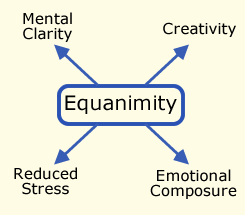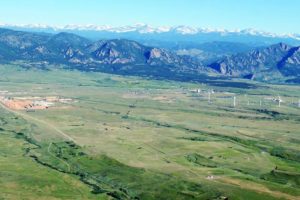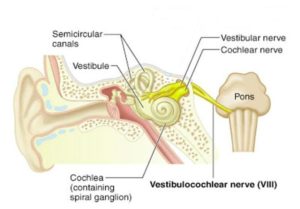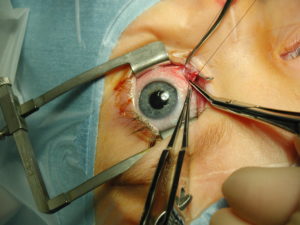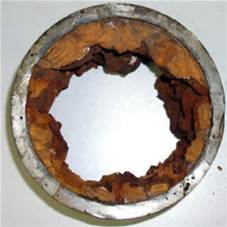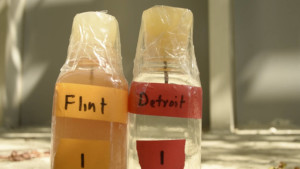Skin Cancer
When I noticed a little place on my cheek not healing, I made the appointment, but I thought, no big deal. When I got home from the dermatologist’s and took the band-aid off, it suddenly became a big deal. She gave me the choice of having a some stitches or just letting it heal with a scar. The stitches meant another trip to have them out, so I said leave it alone. I have lots of zit scars, so another scar was, again, no big deal.
I have a hole in my face. It is almost the size of a dime and is a deep sucker. Seeing the crater was a shock. I saw all the scars on my coworker’s face and didn’t make much of them, but they were on him, not me. This is a big deal.
My reaction to having cancer, even though it is relatively less dangerous, is colored by my experience with cancer in my circle of people. My mother died of mis-diagnosed cancer and took a long time to die. Other family members have had cancer. My sister-in-law has just recovered from stage four abdominal cancer with the help of chemo and medical marijuana. It’s pretty well documented that marijuana kills cancer cells.
I have lost some high school classmates to cancer. I was best man for one of them, and another died just a few weeks ago. The scar on my psyche is from my mother’s death. I was young, she was just in her late forties, and was an ordeal filled with denial.
In recent years trips to the dermatologist are regular, every six months or year, depending on those scaly patches on my face. My own denial is never taking enough precautions in the sun. I grew up when we didn’t really know better, and sunburn was an annual event. I drove an open sports car in the mountains, making my face red. I always had sunscreen around, but hardly ever put it on. Most of my hats cover my bald head and shade my eyes, but the rest of my face is out there. No longer.
Sunscreen and hats with a wide brim are the new cool. Well, not really, I have never viewed myself as cool. One of my rationales for not wearing good hats is because I am always losing the damn things. I take it off and walk away. Also, what am I supposed to do in winter? The sun shines here and reflects off snow, but a wide brim hat? Do I have to start wearing Stetsons?
Here I am rambling on about hats. The reality is, I’m scared. I know squamous cell cancer properly treated is seldom dangerous, but I am still dealing with my mother’s cancer fifty years later, and this little event has triggered it once more. One of my maxims is to not worry about things I have no control over. The question is, can I have control over this? I have a lot of letting go to do.


